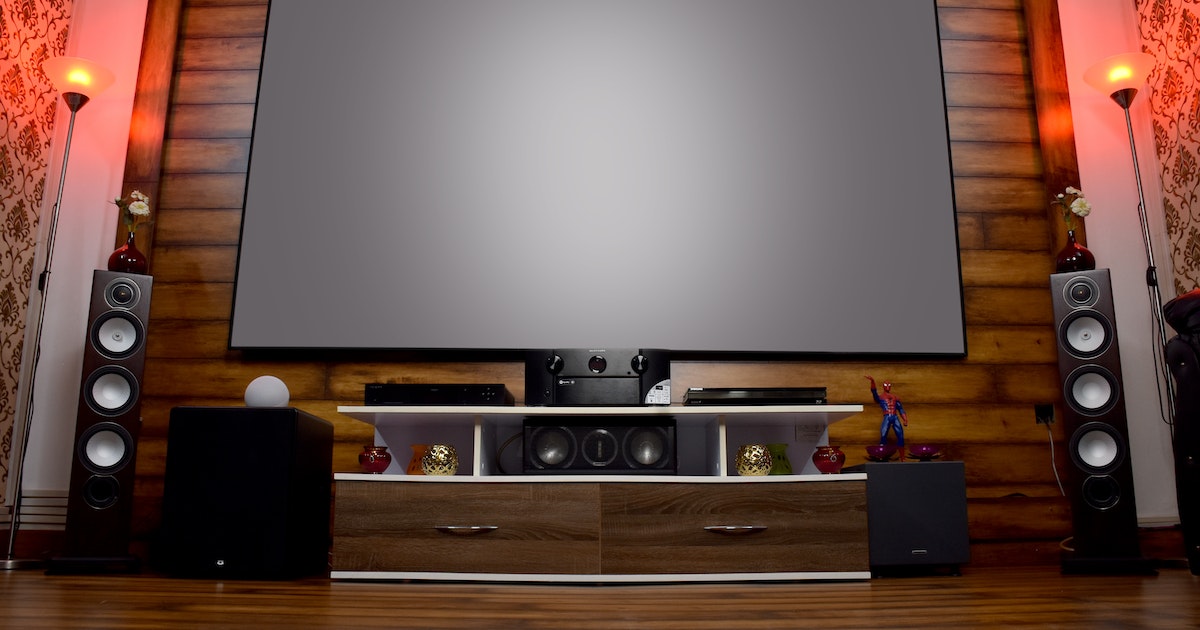4. HDMI cables
Without HDMI cables, you won’t be able to see a complete 1080p HD picture. Component cables can deliver an HD signal up to 1080i. For example, most Blu-ray players now only have HDMI and composite (480i) video outputs.
For the finest quality, you’ll need a device that can display a full 1080p HD image. Another significant advantage HDMI provides over other lower-level connectors is that you just need one cable for both video and audio.
Prior to HDMI, an HD picture required five separate wires: three video cables (red, blue, and green) and two audio cables (left, right). Even with a non-HD composite connection, 1 video wire and 2 audio connections are required.
If you have older HDMI cables, you may be limiting the functioning of your machine. HDMI cables are required for the most consistent, high-quality HD display in your home theater.
5. High-definition sources
What’s the purpose of having all this fancy home entertainment gear if there’s nothing to watch? You only need a Blu-ray player and cable/satellite to get started.
If you are upgrading to HD cable/satellite service, request a box with an HDMI connector (Also, you get an HDMI cable FREE). Most Blu-ray players include intelligent apps. This allows you to watch movies instantly on Netflix, Hulu+, YouTube, and other services. There are numerous excellent methods for obtaining high definition, so you will not be bored.
6. A programmable remote control
Now that you have all of your home entertainment equipment, it’s time to control it. The issue is that you’re dealing with four or five distinct remotes, one for each device. You can control anything and automate practically every aspect of your home theater with a programmable remote, such as those supplied by Universal Remote.
By pushing the “Watch TV” button, the remote sends out codes to switch on your TV/projector, receiver, cable/satellite box, and then sends out codes for the appropriate inputs. Finally, the remote control everything you need to alter the station, volume, settings, DVR, and everything else.
Assume you’ve finished watching TV and want to “Watch a Movie.” After pressing the button, the cable/satellite box is turned off, the Blu-ray player is turned on, the receiver’s input is switched, and the controls for a movie are established.
When you’re finished, press the “Off” button to turn everything off. You can even control the lighting in your home theater with some models. A programmable remote eliminates frustration and simplifies everything, allowing you to focus on enjoying your home theater rather than operating it!
